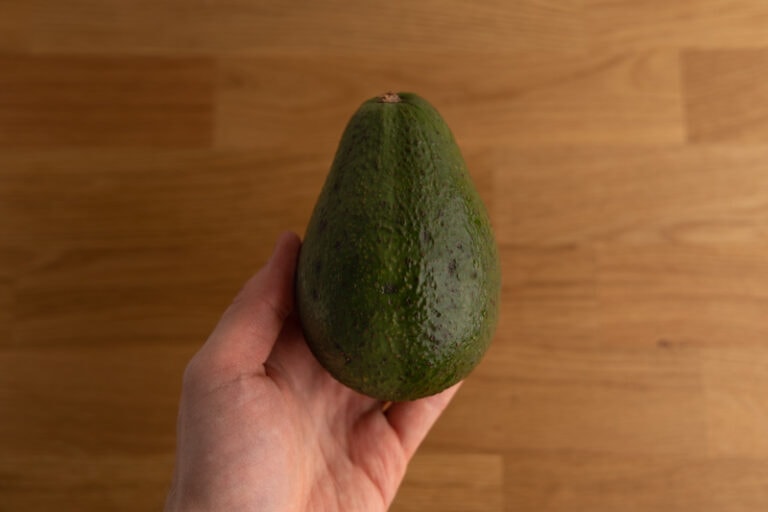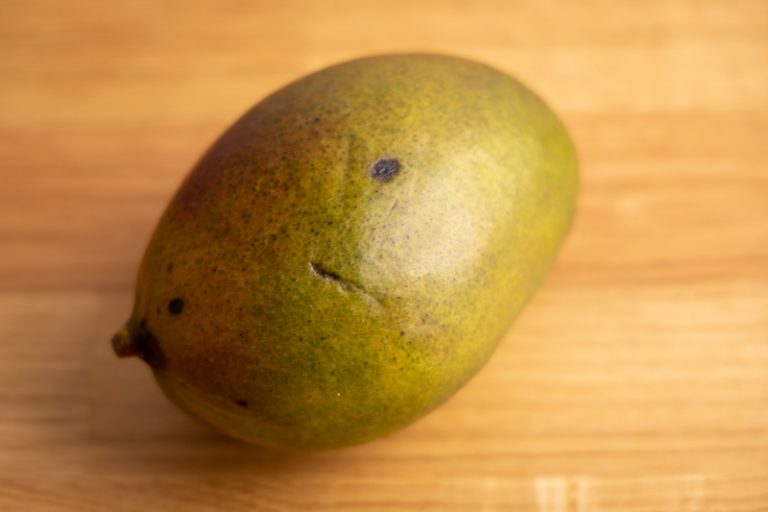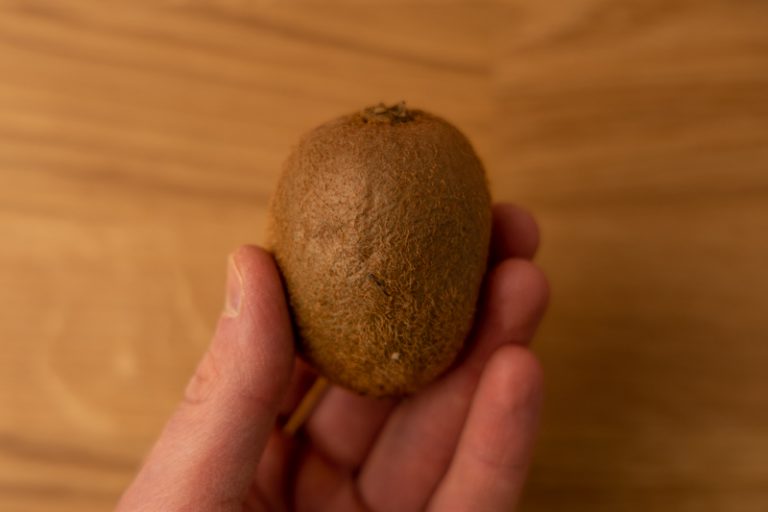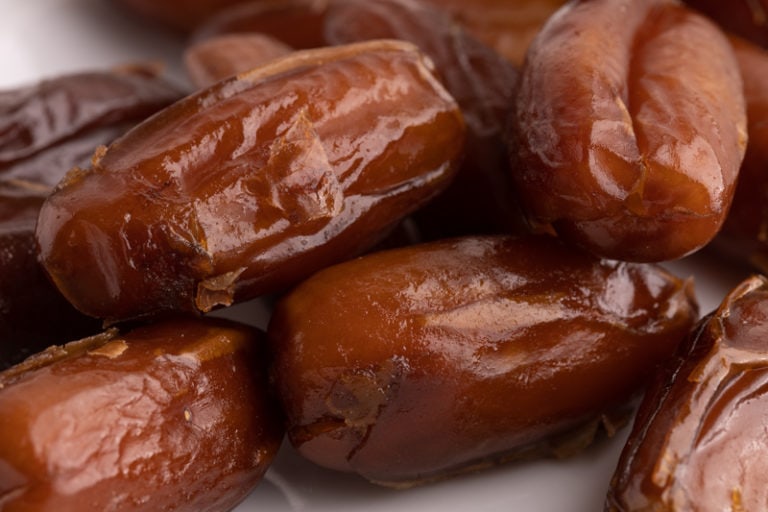How Long Does Grapefruit Last?
Here’s everything about the shelf life of grapefruit. Learn how long grapefruits last, how do you tell if one is bad, and how you should store them.
You have a couple of grapefruits in storage for a few days already, and you don’t want them to spoil. That makes you think: how long does a grapefruit last?
Or maybe you came home with a bunch of pink, red, or white grapefruits, and you’re wondering what’s the proper way to store them.
Can you keep them on the countertop in a fruit bowl, or should you refrigerate them? How much of a difference does choosing one storage method over the other?
If either of these questions sounds familiar, this article is for you. In it, we talk about:
- the shelf life of this citrus fruit
- storage options for grapefruits
- signs that your grapefruit is no longer safe to eat
Interested? Read on.

How Long Does Grapefruit Last?
| Pantry | Fridge | |
|---|---|---|
| Whole grapefruit | 1 week | 2 – 3 weeks |
| Cut grapefruit | 3 – 4 days |
Whole grapefruits last about a week at room temperature and between two to three weeks in the fridge. Cut or sliced grapefruits keep for 3 to 4 days in the refrigerator until they start getting mushy.
(As you can tell, these storage times are similar to how long clementines last.)
Once you peel grapefruits, their storage time decreases to only a couple of days. So if you want to prep them in advance to snack on during the week, don’t make more than you need for three days.
Last, if you want to use up all your grapefruits before they go bad (and you want to avoid freezing grapefruits), one of the options is to juice them. Grapefruit juice is a great refreshing drink, and if you find it too tart, you can always add a sweetener or dilute it with water.
If you’re not already doing it, try removing the albedo, the white layer between the peel and the fruit, before eating grapefruit. The albedo is bitter, and I guarantee you’ll love the grapefruit taste so much more if you remove it.
To make sure your grapefruits last as long as possible, choose the best ones in the grocery store. Let’s talk about how.
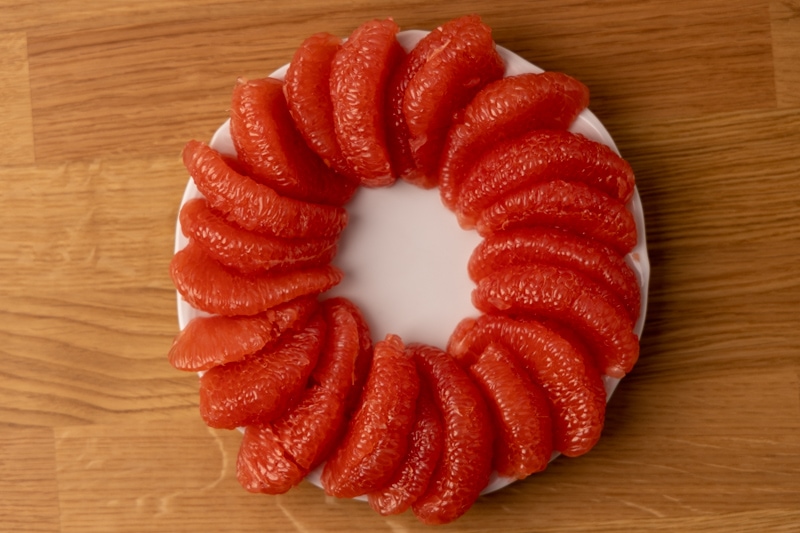
Selecting a Grapefruit
Choose grapefruits that:
- Feel heavy in hand. If a grapefruit feels light or hollow, it’s a sure sign it’s started losing its water, and its quality won’t be all that great.
- Are firm to the touch. Water loss shows results in the fruit becoming soft, and that’s why we’re looking for ones that are firm.
- Have smooth skin without any sunken spots or bruises. Bruising and soft spots accelerate quality deterioration, which is why we want our grapefruits blemish-free.
If you buy a fresh grapefruit on a sale and it’s already on the softer side, cut the mentioned storage time in half. Or, better yet, eat it as soon as possible.
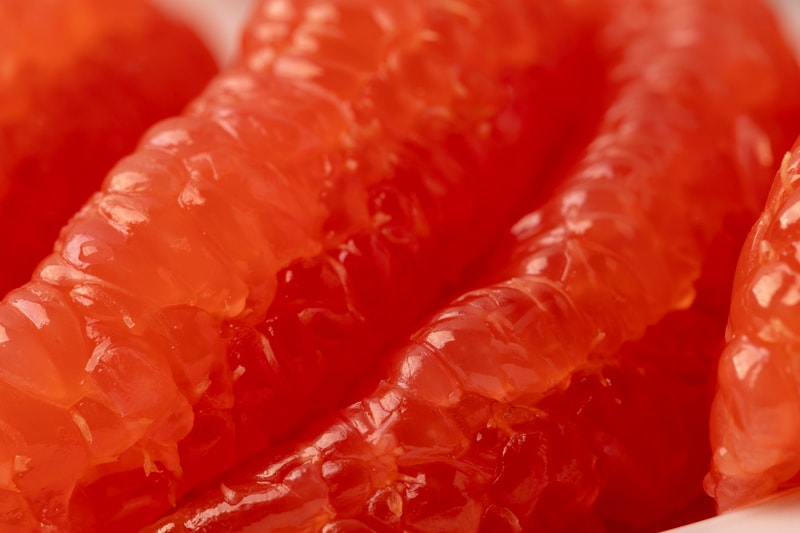
How To Tell If Grapefruit Is Bad?
Signs of spoiled grapefruit include:
- Rot or mold. If either is the case, it’s pretty apparent the fruit is gone.
- Soft texture or water leaking. Grapefruit loses moisture content over time. If the whole fruit feels soft or mushy, its quality isn’t good enough to eat anymore. The same applies if it’s already leaking water.
- An off or stale smell. This is especially important for cut-up grapefruit that sits in the fridge.
- Too long storage time. If that whole unpeeled grapefruit sits in the veggie drawer for like a month, or those cut-up pieces for a week, it’s time for them to go. Better safe than sorry.
Of course, if anything about the fruit seems off, you should discard that grapefruit too. Your senses are pretty good at spotting fruits that are no longer safe to eat. Use your eyes, nose, and taste buds to ensure that old grapefruit is still okay to consume.
Some small sunken spots or damaged areas on the peel are okay. If need be, discard nearby section or sections, and use the rest.
The first sign that your grapefruit has started deteriorating is usually the collapse of stem-end due to moisture loss.
If you notice that yours is soft near that area, it’s time to use it, or at least make a plan of doing that within a day or two. Otherwise, that specimen might get to a point it’s no good anymore.

How To Store Grapefruit
Main article: How to store grapefruit?
The optimal place to store whole grapefruits is the crisper drawer in the fridge, and the fruits sealed in a plastic bag. If you’re okay with a much shorter storage time, leaving grapefruits at room temperature is okay too.
Whether you choose to refrigerate grapefruits or not depends on how long you need to store them.
If you plan on eating them within a couple of days, feel free to leave them in a fruit bowl. But if you’re not quite sure if you’re going to gorge on these bad boys today or in a week, the fridge is a much safer choice.
If you want to get some extra storage time, put the grapefruits in a freezer bag or airtight container. Either will help with retaining moisture for longer. And if you’re using a bag, squeeze out as much air as possible before sealing it.
Grapefruits you buy are already ripe and ready for eating or juicing. The same is true for other citrus fruits, such as limes (How long do limes last?), lemons (How long do lemons last?), or oranges (How long do oranges last?). That means wherever you put them, they can sit there until you’re ready to eat them.
When it comes to cut grapefruits, they belong in a resealable container or bag and in the fridge.
Last but not least, you can freeze grapefruits.
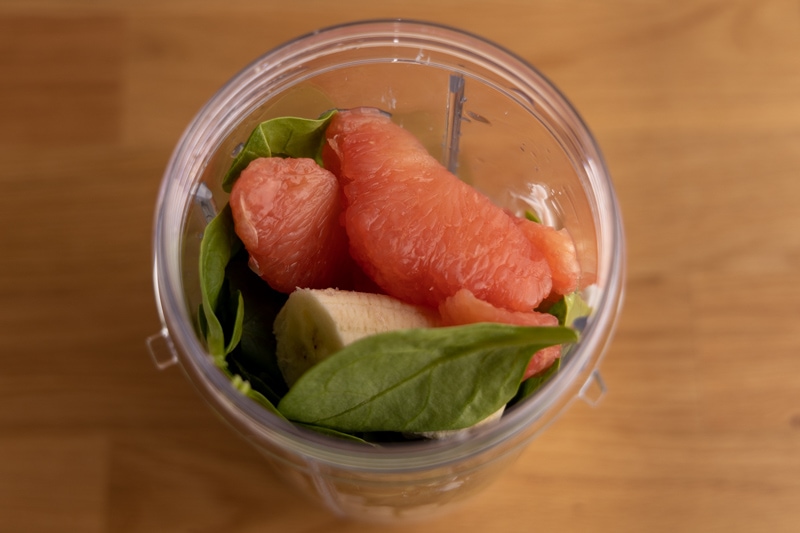
Rotten Records: Share Your Snap!
Caught some food past its prime? Upload your photo to “Rotten Records” and help others spot the signs of spoilage. Every image makes our food community safer and more informed!
